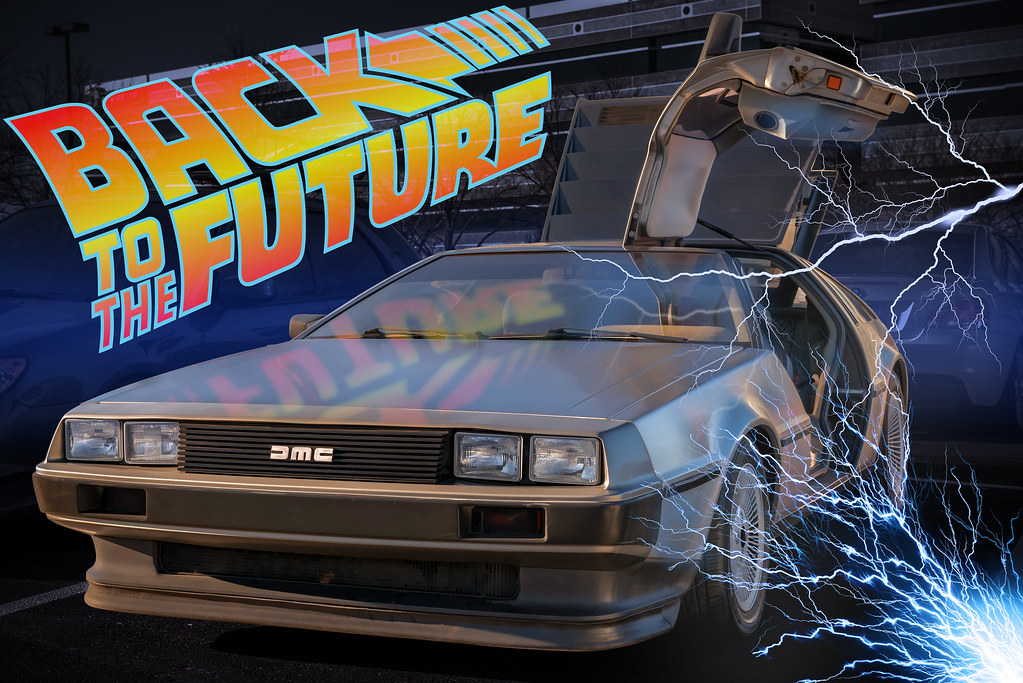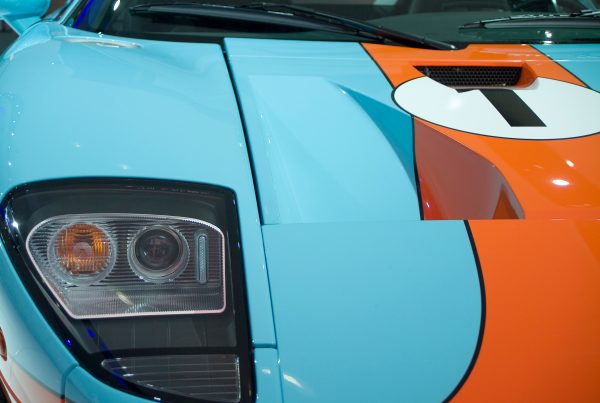Outfitted with a stainless steel body, gull-winged doors hinged at the roof, and a rear-mounted engine, the 80s DeLorean DMC-12 was more for show than speed. Still, with its flaws and lack of power, the DeLorean found its place in history.
With DeLorean’s prowess and eye for design, the DeLorean DMC-12 would go down in history as the noteworthy time machine in 80s film, “Back to the Future”.
”“The way I see it, if you’re going to build a time machine into a car, why not do it with some style?”
Doc
A Forged Path in the Automotive Industry
It was 1973 and DeLorean, a seasoned engineer from Detroit, had just left his job at General Motors in search of a new beginning with his own automotive business, the DeLorean Motor Company, or DMC.
For the shape of the car, Italian designer Giorgetto Giugiaro––stylist of multiple sports cars for Maserati and Alfa Romeo––pulled concepts he designed for Porsche. The first concept DeLorean was based on a 1970 concept car built for Porsche. The “Tapiro” had a similar wedge-shaped body frame, stainless steel exterior, and most importantly, gull-wing doors.
Despite DeLorean’s zeal for his business, it would not be an easy feat. Less than a year after launch, DMC would end up bankrupt and DeLorean himself would be arrested by the FBI in a drug ring operation.
Still, DMC would end up producing one of the most memorable cars in film history.
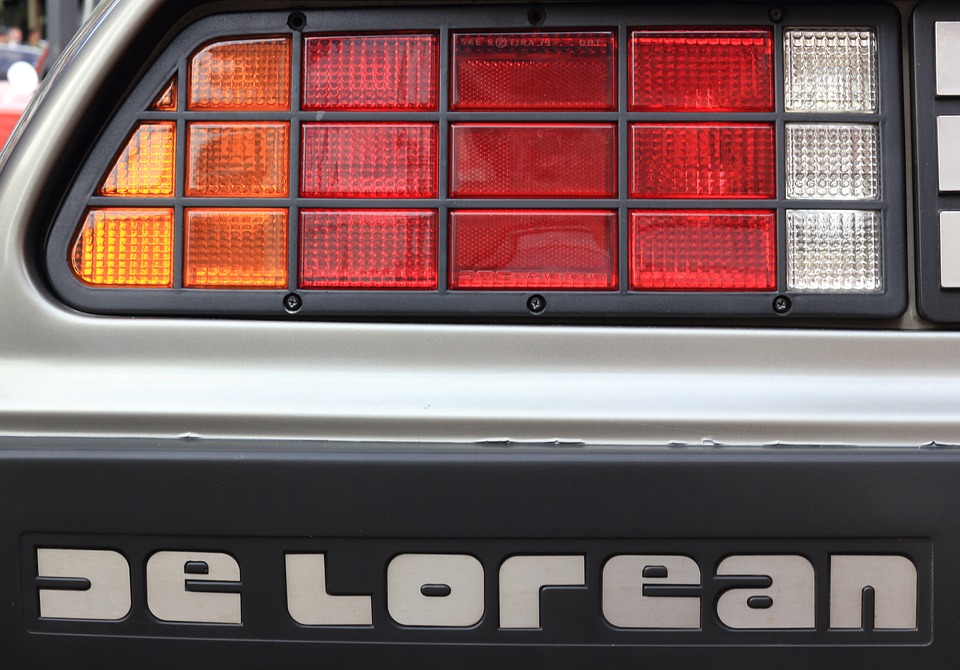
1976: A Prototype in Place
For the car’s chassis, a mold was made from fiberglass, using an innovative process that offered extreme resistance in case of an accident. Like most thoroughbred race cars, the car was mid-engined. Finally, by 1976, a prototype was in place.
Though the original chassis technology was a great start for the car’s body, a more conventional process was favored in the later stages of development. This process lent to an engine that was placed from the middle to the rear, to accommodate the V6 powertrain for the more family-friendly models.
Despite this seemingly harmless change, car critics ridiculed these aspects of the final production model.

In Search of the Perfect Production Site
DeLorean originally sought out Puerto Rico as the first factory site for DMC. His initial plan was to build his first factory on the soil of a former US Air Force base. But once he received an offer from the British government, his plans quickly changed, and he set up shop somewhere in Northern Ireland.
The North Ireland company received about $120 million in government grants to build a 550,000-square-foot plant in Dunmurry near Belfast, with a capacity to produce 30,000 cars and employ around more than 1,000 people.
DeLorean originally wanted to sell the car for $12,000, which is why it is also known as the DMC-12. But once it launched in 1981, the car retailed for $25,000––around $70,000 in today’s terms. While the car had a movie appeal, it was hard to convince consumers to fork over $25,000 when the car’s sportscar competitor, Corvette, cost only $16,000.
Nevertheless, the company managed to get the car into production just 28 months after the plant had found its footing, and the first DeLoreans rolled off the line in January 1981.

A Stylish But Mildly Impressive Sports Car
Just like not every car is created equal, no DeLorean was created equal. As production developed, more and more foundational improvements were made between the first production cars and the latest ones––as production techniques improved and workers acquired more skills.
Unfortunately, the untimely production of the first cars led to poor press in the United States.
Like so many critics before, critics in the United States were disappointed by the DeLorean’s lack of power. The engine produced a measly 130 horsepower, and the car took more than 10 seconds to accelerate from 0 to 60 mph.
With its looks only keeping it afloat, the DeLorean faced a sea of criticism and competition in the coming years.
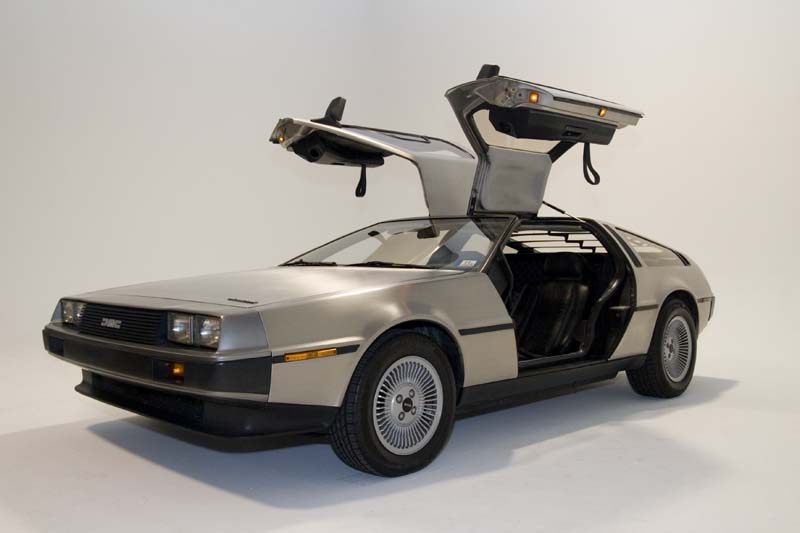
Back to the Future & Beyond
Just like not every car is created equal, no DeLorean was created equal. As production developed, more and more foundational improvements were made between the first production cars and the latest ones––as production techniques improved and workers acquired more skills.
Unfortunately, the untimely production of the first cars led to poor press in the United States.
Like so many critics before, critics in the United States were disappointed by the DeLorean’s lack of power. The engine produced a measly 130 horsepower, and the car took more than 10 seconds to accelerate from 0 to 60 mph.
With its looks only keeping it afloat, the DeLorean faced a sea of criticism and competition in the coming years.
